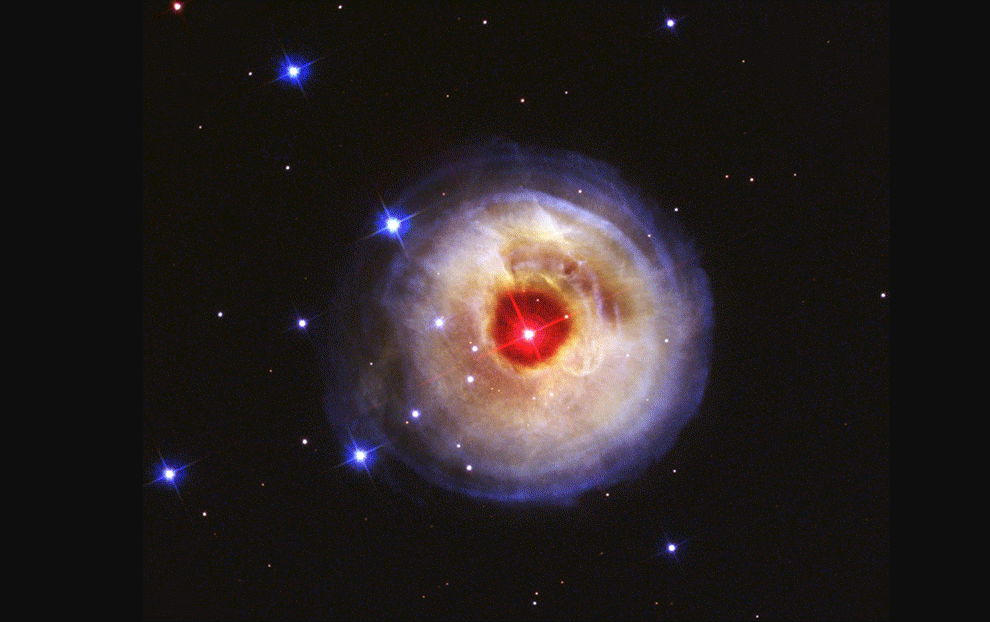The REAL beginning of the Space Age?
Forty years after man stepped on the moon, Mary Wakefield says that the technology now exists for truly astonishing space travel and a new era fusing commerce and romance
So begins a truly fascinating article on the Space Age that may be about to begin. It includes an interesting analogy:
the first step…. is to realise that Apollo 11 mission is analogous not to Columbus’s but to the Viking discovery of America. In the 10th century Leif Eriksson, son of Erik the Red, landed with 35 men on the coast of North America. But Leif’s boats were too cumbersome for trade and his people unprepared for the ruthless ‘skraelings’, so their community soon died out. So too the Apollo programme was doomed by rushed decisions and cumbersome craft. JFK and LBJ chose their mission at random and their ship with a single thought in mind: beat Russia. No thought for our space-faring future.
Yes. SOMEBODY is going to explore, and exploit, space, and the resources that are there. But that may or may not be the USA. Europe, Russia, China, India, Japan, Brazil, even Israel, all have the capability to do what the USA may not get around to doing, if it is too complacent, too self-absorbed, too politically correct.
What we need is earth-to-orbit technology that’s more appropriate to the institutional scale of corporations, instead of governments. And that means space planes instead of rockets.
Once you’ve realised that the space age isn’t over, that it hasn’t even begun yet, the second step to understanding the point of space is to realise that like Columbus, we now have the right vehicles for proper exploration. All around the world right now light, cheap space planes (launched and landed horizontally) are rolling from the drawing-board to runway. Whereas a rocket-launched shuttle needs battalions of keepers to brush it up again ready for flight, space planes are more modest. They might even be as easy to maintain as jet planes and able to launch with a few days’ or hours’ notice, at the whim of an impetuous cosmonaut. Most of a rocket’s weight is taken up by the oxidiser, but clever space planes can suck in oxygen from the atmosphere to burn fuel at least part of the way to orbit. Space planes will offer a relatively cheap way of delivering cargo into orbit, and once that begins to happen, our universe begins to unfurl.
What’s maddening is that very much of what is now being proposed is OLD NEWS, and could have been done thirty or forty years ago. For example, solar power satellites:
There’s much vicious debate online between geeks about the efficacy of asteroid mining, but spaced-based solar panels are a given. Because there are no clouds in space (the sun always shines on ET) the panels will soak up more and more powerful rays, then they’d beam the energy back to earth. This isn’t science fiction, it’s future fact.
In April this year a company called Solaren signed a contract with the Pacific Gas and Electric Company in northern California. They plan to hoick a kilometre-wide panel into orbit in 2016 and beam back 200MW of energy.
G. Harry Stine was writing about this in the 1970s (!) and his book, “Space Power“, is still available online. Further, President Obama has been challenged to fund a national project building solar power satellites. But it seems he’d rather spend trillions on reducing the average quality of healthcare in America, insead of funding a project that would earn tens or hundreds of trillions for the national economy.
So we’ll see. Will the lingua franca of space travelers be English? Or Chinese? I’m not looking forward to buying electricty from Peking.




